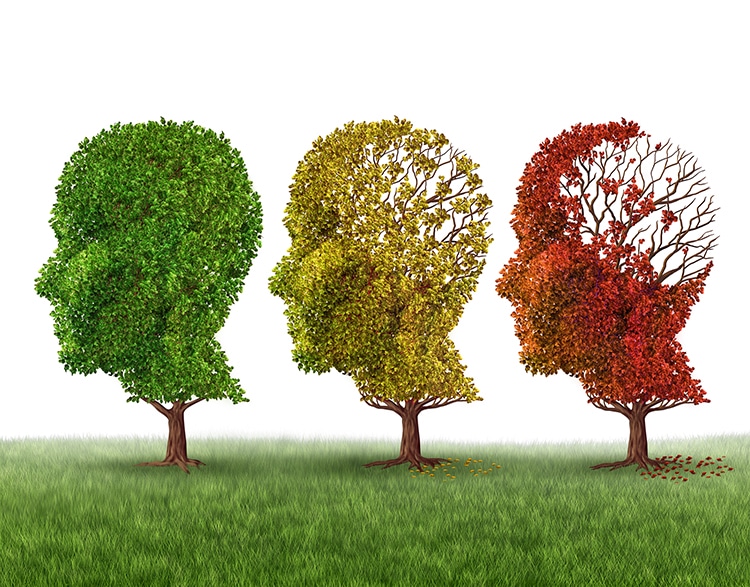Photo: LIGHTSOURCE/Depositphotos
Dementia is an unfortunate condition faced by many in American families.
Aging relatives lose their memories and abilities, while families watch the painful process and do all they can.
Care remains expensive and, for many, elusive.

Photo: LIGHTSOURCE/Depositphotos
But there is some good news.
Using data from over 20,000 individuals, the team looked to cognitive tests and clinically diagnosed dementia rates.
They analyzed the period from 2000 to 2016 to find the change over the years.

Photo: RAWPIXEL/Depositphotos
They discovered something great: age-adjusted prevalence rates of dementia decreased from 12.2% to 8.5% in 2016.
Interestingly, the quickest decline was in the first four years surveyed, between 2000 and 2004.
While improvement is shared across racial, gender, and class lines, not all gains were equal.
Prevalence rates for women remain higher, although they saw a greater drop across the period.
In short, the inequities of society seem to parallel inequities in rates of dementia.
Better education, less smoking, and better cardiovascular health are all thought to contribute to dementia risk.
It rose from 21.5% to 33.7%.
Among women there was also an increase resulting in 20% of the reduction in dementia prevalence.
However, Millennials clocked in at 39% as of 2018.
As with Gen X, but unlike previous generations, women are now more represented in higher education.
Morepeople of colorare able to attend college now, compared to the 1960s, despite persistent inequity.